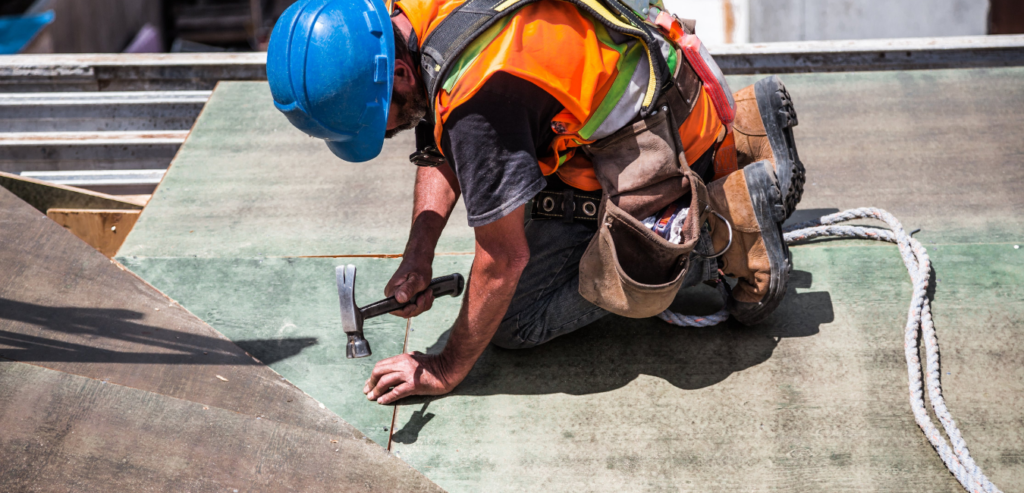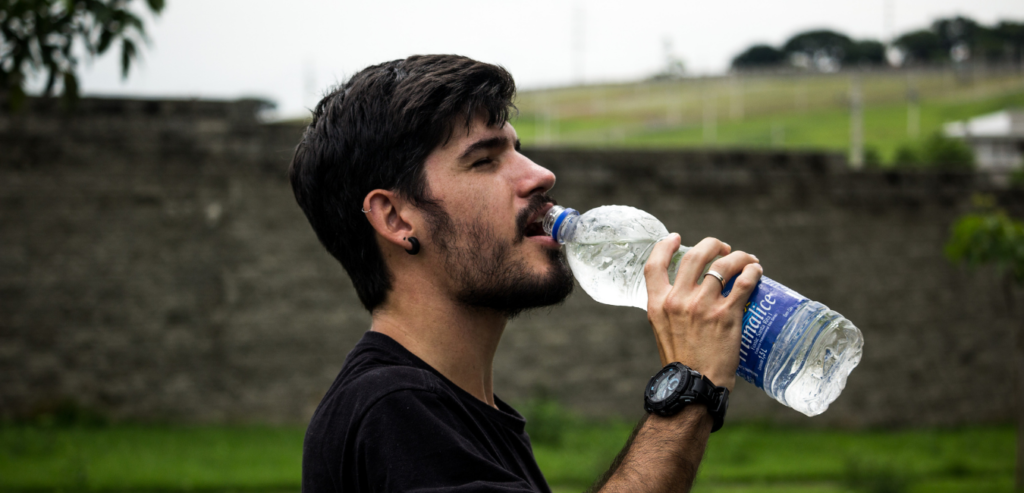
Summer is synonymous with holidays and heatstroke. And for the workers, the summer on the construction site can become dangerous without adequate protection.
Summer on the construction site: the risk of heat stress

The World Health Organization (WHO) together with the World Meteorological Organization say that about one third of the world’s population is at risk of heatstroke. And with climate change unfolding, things look like they can only get worse. For this reason, also the Italian Labor Inspectorate (INL), interested in the health of workers, in recent days has begun to publish documents to better manage the risk of environmental thermal stress in the workplace, as it does for the management of all other safety risks.
According to the document “SAFE SUMMER – HOT AND WORK Short guide for workers”, by Inail – Department of Medicine, Epidemiology, Occupational and Environmental Hygiene, Department of Epidemiology of the Regional Service – Lazio Region and the Ministry of Health, “Heat stress occurs when the body’s thermoregulation system fails.“.
Compromising of the thermoregulation is due to numerous factors:
– work clothes, often bulky and heavy, which do not favor the correct evaporation of sweat but increase the body temperature, and consequently the heart rate and the stress that the whole body must undergo
– work under direct sun exposure or the presence of humidity
– low consumption of liquids
– heavy physical work and at an intense pace
– poor recovery breaks
Not to mention the personal risk factors, to be added, including:
– age and sex
– chronic pathologies
– excessive weight or excessive thinness
– the intake of drugs or alcohol
– insufficient night rest
Heat strokes: outdoor operators most at risk

It is also clear that the category of workers most affected by heatstrokes is that of those employed in the transport/production of materials and outdoor operators of machinery and equipment, such as construction workers, operators on board machines, farmers and fishermen. This is because outdoor workers are hit by UV radiation in triple quantities compared to indoor workers.
In fact, the sectors that should pay more attention to protecting the health of their workers, especially when the climate becomes too hot or too cold are:
– buildings
– agriculture and fisheries
– transport
– outdoor industries
– installers and maintainers of electricity, gas, water
Summer and heat strokes: “sun protection” for operators

The best “sun protection” for outdoor workers consists in respecting the methods to protect health from high temperatures and they must be followed both by the workers themselves and by the employers.
Workers must:
– avoid working alone
– work as much as possible in areas that are less exposed to the sun
– prevent dehydration, also drinking a glass of water every 15-20 minutes and directly wetting the skin
– wear light and cotton clothing
– reduce the physical workload in favor of mechanical interventions
While employers must:
– guarantee the supply of water
– manage shifts and breaks in order to facilitate acclimatization and reduce exposure to the sun (limiting, for example, heavy work during the hottest hours of the day, usually between 14 and 17)
– consult the climate bulletins of your area in order to be prepared for any emergency
– provide protective clothing suitable for the climate
– train workers on the correct behaviors to adopt during periods with the greatest risk of thermal stress
– refresh the workplace: make air-conditioned rooms available to workers for breaks and use equipment to improve the environmental microclimate outdoors (the dust control systems used on construction sites are perfect for the purpose)
…and of course enforce all good practices to protect health.
Tecnoter wishes you a warm but safe summer on site with all the versions of the dust control systems that you can find here. If you want to find out more or have any curiosity, please contact us here.
